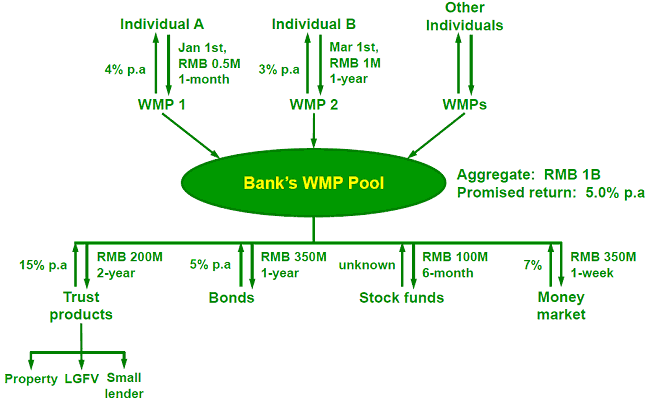Equities and Credit: One Correlated Bet?
Today, equities, bonds, FX and most asset classes are driven by one thing. Central bank policy.
Equities are cheap when compared to treasuries. Investment grade yields are low in absolute terms but not so much when compared to their historical spread over treasuries. The same goes for high yield, not cheap but cheaper than treasuries.
The world has placed a whole bunch of bets on various assets, hoping for diversification, yet their bets can be reduced to a single highly dependent (a stronger condition than correlated) bet. They are betting that central banks will be successful at keeping interest rates low.
Poliicy rates, discount rates, repo rates, can be unilaterally declared low. Market rates like swaps and LIBOR cannot, but so far have played ball. It would take a liquidity disruption like 2008 to cause significant divergence, as much in speed and magnitude. Perhaps when the time comes, central banks would like to hire the LIBOR fiddlers to help them bring convergence.
Long rates have traditionally been market driven based on inflation expectations, pension demand for liability management, hedging of other long term products and to a lesser extent collateralization of derivative contracts. That is until the distribution mechanism was disrupted and the Fed intervened under the guise of quantitative easing. The same act can serve different objectives. Various forms of QE have involved manipulation of long rates in the open market.
The equity markets, recently so serene and buoyant, are sensitive to rates. This was demonstrated at the end of each of QE1 and QE2. It is no coincidence that QE3 has no expiry date. The equity markets appear unable to stand on their own without the aid of QE.
As the VIX falls to an all time low below 12, and the MOVE follows after, one cannot help feel uneasy. Risk measures like VIX which are representations of the second moments of stock returns are bounded above and below (by zero) and are therefore mean reverting. The nature of the options market (an insurance market) means that vols tend to spike and decay, and repeat that pattern over and over. It seems that a spike may be due if not overdue.
The observations above are not technical but neither are they fundamental. I’ll talk about fundamentals later, but for now observe that:
Europe is in recession. China’s recovery is slightly wobbly. Emerging markets are also looking increasingly uncertain. The US, however, has solidified its recovery, albeit towards a long term potential rate of 2%, half of what we assumed it was pre crisis. Corporate profits have soared and margins have been maintained, at the expense of labour and employment. Corporate investment is moribund. An exuberant bond market has allowed CFOs to eke out efficiencies simply in capital structure optimization, borrowing in the senior unsecured claim to lock in cheap financing, pay dividends and buy back stock. This has helped buoy equity markets.
But how long and far can equities and corporate bonds go in this environment of lacklustre growth that discourages investment in future productive capacity and technology?
We can’t keep buying luxury stocks forever. The non agency MBS trade is a distressed debt strategy that will run its course and MBS are callable and thus can’t trade far above par. Leveraged loans in the US have fully recovered.
We have a strategy for today, but what about tomorrow?
In long only, macro, traditional strategies, we will eventually run out of rope. I expect equity long short to recover somewhat as a strategy, but this period of post crisis insanity has created great dislocations across corporate capital structures, for example in inconsistent recovery rates intra issuer, across their junior to senior securities. The same can be said about tranche securities. In M&A, consolidations have begun and risk arbitrage will be a very exciting strategy. At the fringes, banks will continue to try to be too clever about Basel 3, Dodd Frank and other Glass Steagall offspring. Where there is explicit regulation there is opportunity for circumvention. Credit strategies involving bank balance sheet optimization such as ‘asset reclassification’ and regulatory capital relief are lucrative but may later attract public scrutiny, just like the Magnetar Trade of 2008. A word of caution about FX strategies. In a phoney war, the tensions underlying the market which are not captured in realized or implied vols and correlation make FX especially tricky, and risky. I expect FX to trade away from lognormal thus confounding options pricing models.
Then there is distressed investing. A bit of patience goes a long way.
